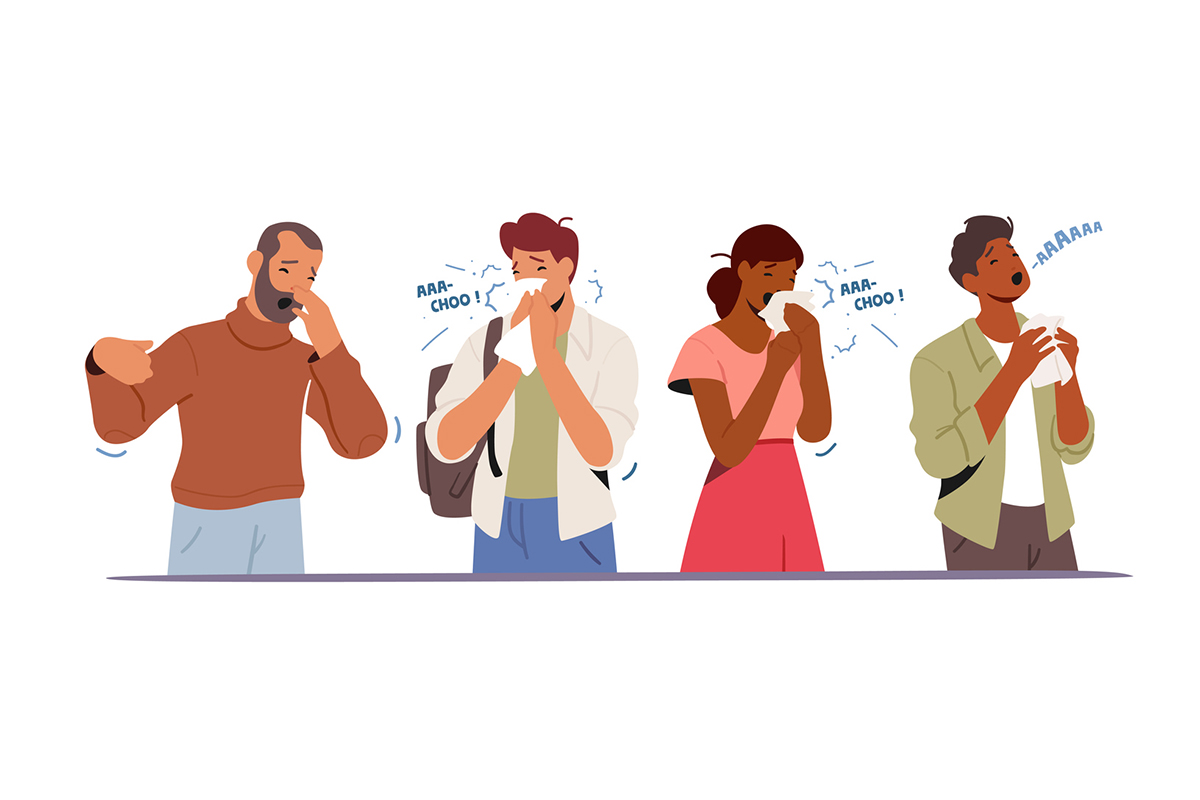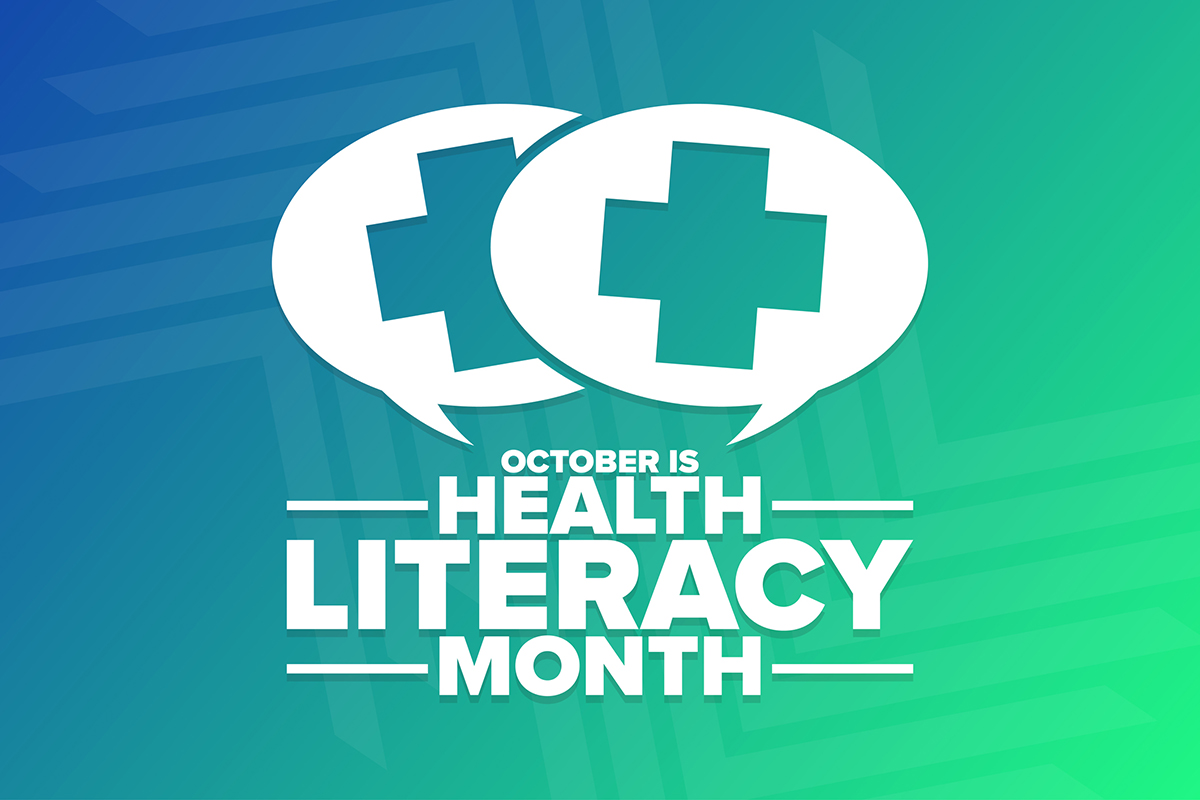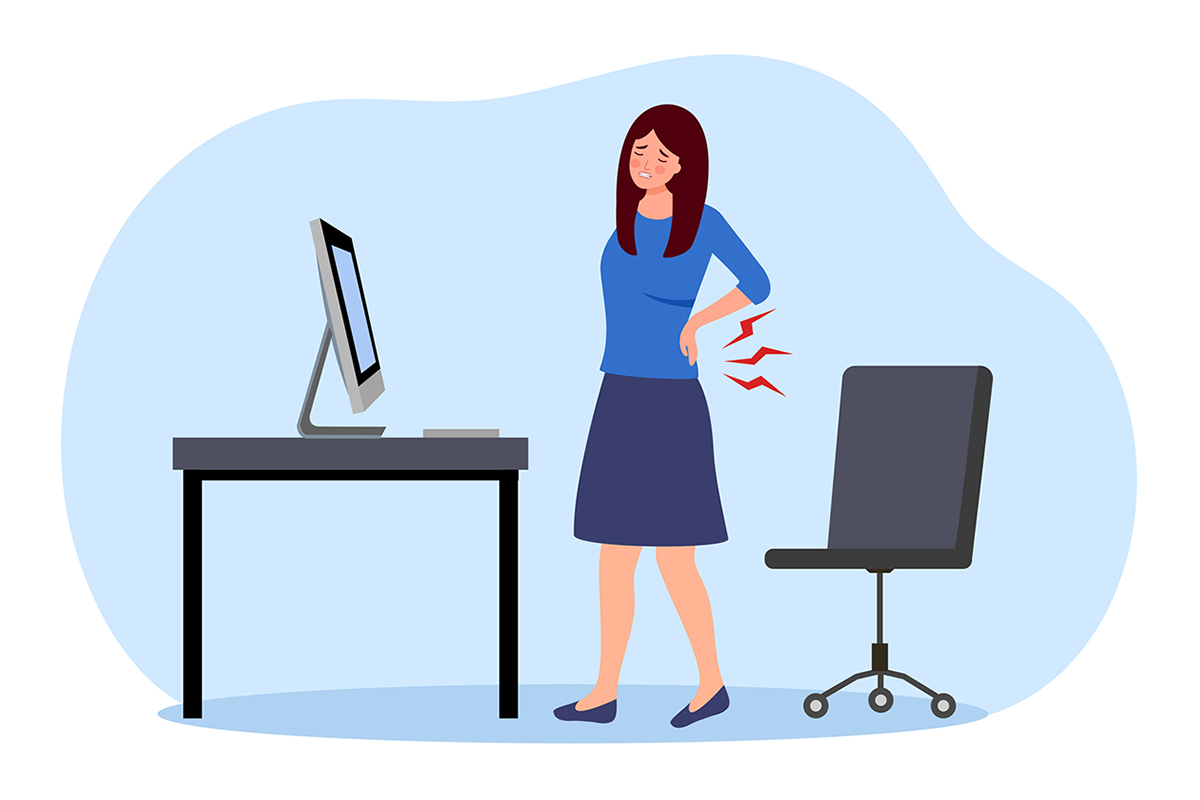In some ways, we seem to have turned the corner on COVID-19. Notwithstanding dire predictions of a “second wave”, hospitalizations are declining, and deaths in some of the former kill zones like New York, New Jersey and Texas are markedly decreasing. Remarkably, on one day last week, New York City recorded a mere 2 coronavirus deaths. Compare that to 952 on May 5!
In fact, the modelers at IHME (the Institute for Health Metrics and Evaluation), who grabbed headlines last week with the forecast that by January 1 the cumulative U.S. death toll would double—to 415,000—admitted that “cases have stayed constant but deaths have been steadily declining in the last week” and revised their estimate downward to 378,000. Which is still too pessimistic, in my opinion.
Plus, there’s news of novel, more effective therapies, and the vaccine timeline may be shortening—depending on who you choose to believe.
All good news. Could the end be in sight?
Not if you’re a COVID-19 “long-hauler”. It’s now recognized that a significant cohort of coronavirus sufferers (maybe as high as 10%), even those with seemingly mild infections, experience a bizarre array of debilitating long-term symptoms.
This is a new curveball the virus is throwing us. It’s perplexing that its manifestations are so varied and unpredictable: Some individuals are asymptomatic but “spreaders”; others have mild infections; some are laid low by debilitating flulike symptoms that are manageable at home; still others require hospitalization and may languish at death’s door on ventilators; and tragically, over 200,000 Americans have succumbed to the virus.
But recovery from COVID-19 is no guarantee of deliverance from its effects. “Thousands of New York ‘Long Haulers’ Struggle with Covid-19 Months After Diagnosis” proclaims a new story from the September 19 edition of The City.
The article cites an estimate of “upwards of 70,000” New Yorkers as suffering from unexplained long-term symptoms of COVID-19.
These include fatigue, particularly with exertion; cough and shortness of breath; headaches, body aches and joint pain; depression and anxiety; and cognitive problems. Some patients have developed POTS—positional orthostatic tachycardia syndrome—in which position change prompts lightheadedness and heart-racing.
RELATED: We’re all germaphobes and agoraphobes now: The way back
These are what medicine terms “sequelae”—the aftermath of disease. As a rule of thumb, I tell patients to expect they’ll be tired for a week after a cold, a month after a flu, and three months after pneumonia. But sometimes, symptoms don’t resolve according to a timetable.
Ominously, several articles have revealed MRI evidence of heart damage in a high percentage of recovered patients—regardless of the severity of their disease, or whether they suffered from predisposing conditions. One study of competitive athletes, average age 19.5, many of whom were asymptomatic or only suffered from mild COVID-19 symptoms, found that 15% had definitive evidence of myocarditis (heart inflammation). Another 31% had findings suspicious of cardiac injury.
Unlike severe disease and death from COVID-19, which disproportionately afflicts older individuals, the obese, and those with co-morbidities like diabetes, hypertension, heart disease and frailty, there are no reliable factors that predict persistent symptoms. If you contract COVID-19, even if you’re a seemingly young healthy person, it’s a dice-roll whether you’ll become a long-hauler.
The situation is not unlike that of chronic Lyme Disease in which sufferers experience a baffling array of symptoms for months and years after seeming eradication of the spirochete that causes Lyme. It’s believed that their immune systems become “stuck” in an alarm state that makes them feel sick.
I’ve encountered some of these long-haulers in my practice. One, a patient who I successfully treated for allergies before the pandemic, had a mild case of COVID-19 lasting about a week, but called me for a follow-up after she experienced a great deal of fatigue, “brain fog” and light-headedness weeks after her recovery.
In working with these patients, I apply some of the lessons learned in treating patients with Post-Lyme Syndrome and Chronic Fatigue Syndrome (CFS). We support the mitochondria, the energy powerhouses of the cells, with supplements like NT Factor, Coenzyme Q10 or Ubiquinol, L-carnitine and Acetyl-l-carnitine, and nicotinamide riboside. We address their nutritional deficiencies with targeted supplementation based on blood tests. We replenish their microbiome which is known to be affected by the virus.
RELATED: Ask Leyla: Vitamin D and Immunity
Alternatively, low-dose naltrexone (LDN) might enable a “reboot” of the runaway immune systems of long-haulers, as it’s been demonstrated to do for some sufferers of CFS.
These strategies are admittedly speculative, but they deserve consideration pending definitive fixes, which unfortunately don’t seem to be imminent.
But more research on addressing the problem of long-haulers needs to become a priority. The race to develop a vaccine and to reveal better treatment strategies to save critically ill patients is grabbing all the headlines, but long-haulers are relegated to the shadows.
I’ve learned from some in the CFS community that they’re exhilarated by all the attention the COVID-19 long-haul phenomenon is generating. They believe it will invigorate research into CFS, whose symptoms it resembles. By understanding the biological underpinnings of the long-haul syndrome, they believe new insights into the origins of, and possible treatme nts for, CFS may be developed. Because CFS has struggled for recognition, and receives paltry research funding, the undeniable toll of a widely-acknowledged disease like COVID-19 may make a quest for a cure for both conditions a priority.
Despite the blessings of my good health, taking into account all the ways I buttress my immune system, and notwithstanding a 98% survival rate, I’m still not anxious to tempt fate with exposure to SARS-CoV-2—and risk becoming a long-hauler.







